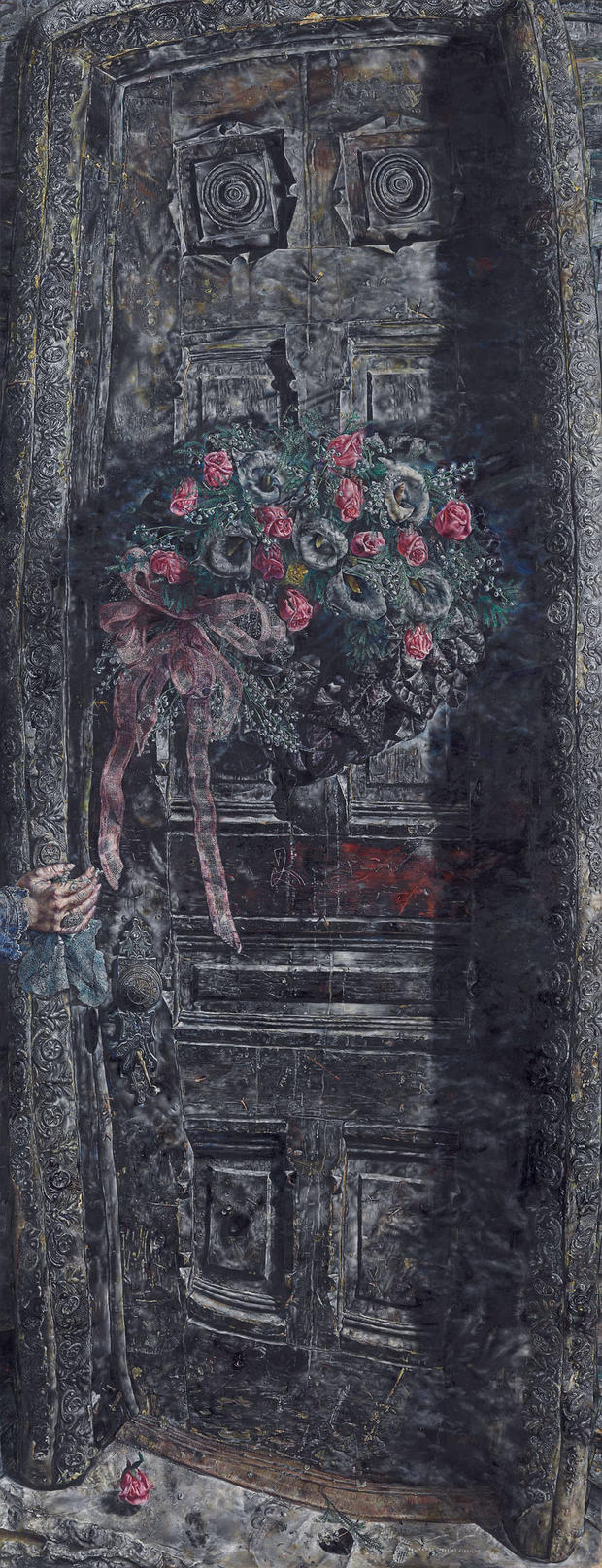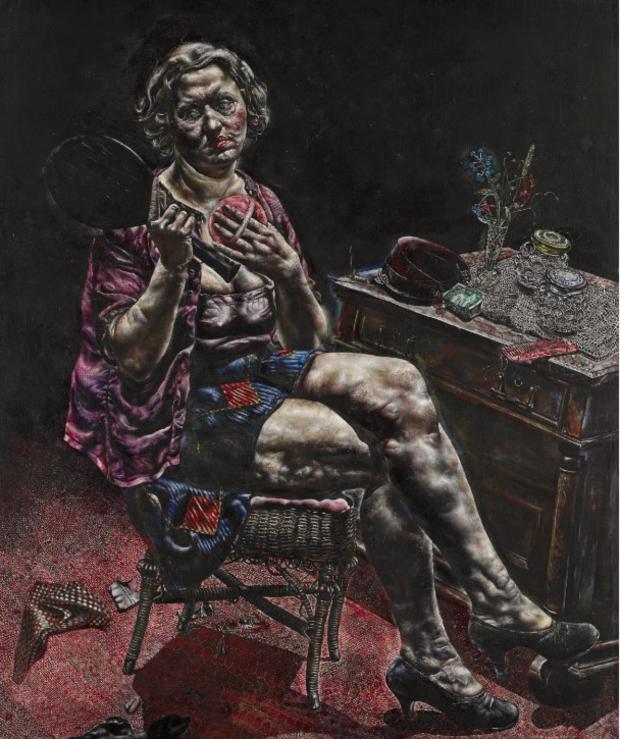The Meaningful And Macabre Works Of Chicago Painter Ivan Albright
By Yolanda Perdomo, CBS Digital Producer
CHICAGO (CBS) -- Ghoulish and grotesque images are everywhere during the Halloween season.
But a Chicago artist famous for his frightful paintings maintained that portraying people in a hideous light was really acknowledging the fragility of life.
Artist Ivan Albright (1897-1983) made a career of exaggerating features that leaned toward disfigurement. But according to Sarah Kelly Oehler, Field McCormick Chair and Curator of American Art at the Art Institute of Chicago, Albright's works were not influenced by this father, impressionist painter Adam Emory Albright, but by his stint in the Army where he worked as a medical draftsman during World War I.
"He is working in this arena that is all about death and mortality. So his work from really early on has this interest in man's impermanence, man's sense of fragility in the world," Oehler said.
Albright was born in Harvey, lived in Warrenville, and studied at the School of the Art Institute. Shortly afterwards, he established his career as an artist (he kept a studio in Warrenville) and became known for his "magic realism" style that colorfully illustrated decaying flesh and distorted features.
RELATED: Click Here For A Look At Ivan Albright's Digital Book To View More Of His Works.
"Ivan Albright started his life not wanting to be an artist and ended up as a painter but turned in this direction of the macabre. I would also say he saw his work as deeply philosophical," Oehler said. "So he's an artist interested in themes of human mortality, which is in stunning contrast to what his father was doing as an impressionist painter."
Albright bequeathed a number of his works to the Art Institute and the museum has the biggest collection of Albright's creations, including 50 paintings, more than 100 works on paper and several bronze sculptures. Today, three of his most famous paintings are on display, including one that took ten years to finish: That Which I Should Have Done I Did Not Do (The Door.) It's a large painting, mostly in shades of black and gray, featuring a door with a funeral wreath. The actual door Albright used is in the Art Institute's collection.
"He was salvaging items," Oehler said. "Although we approach his paintings and are discomforted by them, he really saw this as one of the most important subjects of all humanity. That this was a fundamental constant for every human that he wanted to explore."
Aging was another theme Albright explored in Into the World There Came a Soul Called Ida. The woman looks old, tired and sad, but the actual model was Albright's 19-year-old neighbor and he chose to paint her differently to express his thoughts on the inevitable.
"I think he is reminding everybody that we're all going to age. We're all going to get to this point where our own vanity confronts the reality," Oehler noted.
But his most famous, and to many, the most disturbing image he painted, was commissioned for a 1945 movie about an Oscar Wilde novel. Picture of Dorian Gray tells the story of a man who makes a nefarious deal to achieve everlasting physical beauty. But his soul pays the price and that's the morbid image painted on the canvas. Albright was sought out by the movie's director to create the painting for a pivotal scene.
"By the early 1940s, when they were starting to plan filming at MGM Studios, he was really famous for this work. We think of him as a Chicago artist, but he had a national reputation. So he was very clearly the person they should approach for this commission," Oehler said.
And in the end, despite leaving questions as to why gory details are amplified in his works, Oehler said Albright was inspired by what awaits everyone.
"I think one of the tantalizing aspects of Albright's work is that it is both enticing and repulsive at the same time. The initial response may be 'oh that's gruesome' but the enticement is how he painted them," Oehler said.
"Art can be very impactful and can be impactful in many ways often all at the same time. So it can be something that can make you feel afraid, it can be something that makes you feel interested, or in this case sort of thoughtful about what could it mean?"
Click here for more information on Ivan Albright and his works, or visit the Art Institute of Chicago's website.






